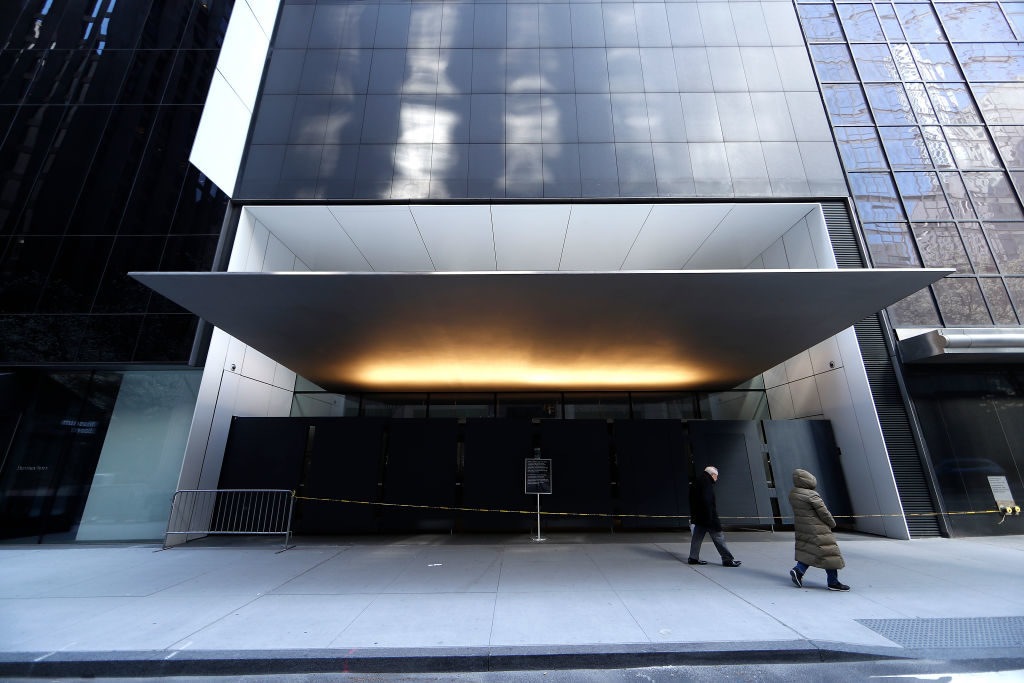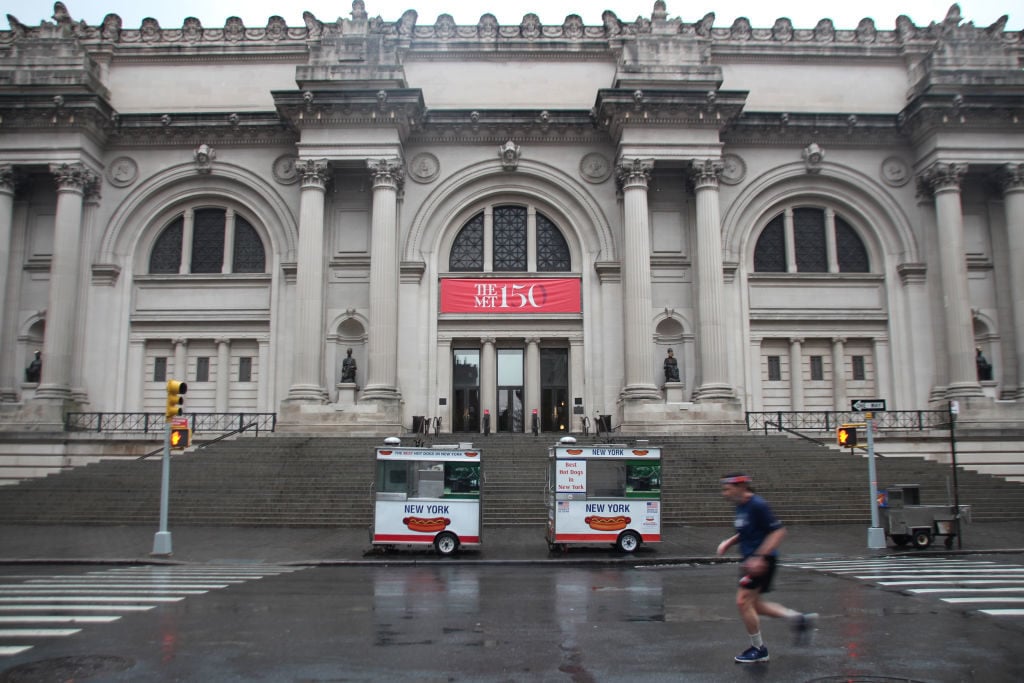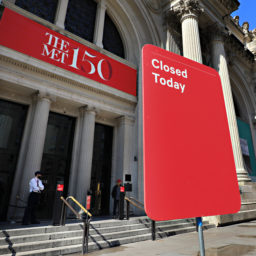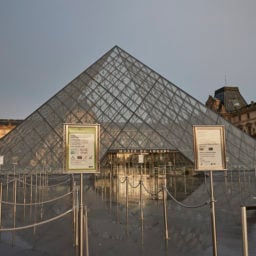To aid art institutions flailing in the face of an ever-deepening financial crisis, the Association of Art Museum Directors (AAMD) has loosened its guidelines on how its members can operate.
In a significant policy shift, the AAMD, which represents 240 North American museums, passed a series of resolutions this week allowing institutions to use restricted funds—such as those from specialized donations or proceeds from deaccessioned artworks—to pay for operating expenses over the course of the next two years.
“This is a crisis without precedent in our lifetime, with global implications and with a timeline that unfolds as we live it,” said Brent Benjamin, president of the association, in a statement.
Benjamin, who also leads the Saint Louis Art Museum, noted that the inability to foresee an end to the coronavirus pandemic and its financial impact has put art institutions in a particularly tough spot.
“Since planning for the future with any accuracy is impossible, while earned revenue has stopped and the future of charitable giving is unknown, it was important for AAMD to take a step that could provide some additional financial support to art museums.”

MoMA in New York is closed indefinitely as the city attempts to slow down the coronavirus. Photo: John Lamparski/Getty Images.
As part of the temporary resolutions, which are valid through April 10, 2022, the AAMD is suspending restrictions on the use of trusts, donations, and gains from endowment investments. (The amended policy only applies to earnings from the endowment, not its principal amount.)
Previously, the AAMD would censure institutions for using such funds, or suspend or expel them from the organization. In 2018, for example, it imposed sanctions on the Berkshire Museum and La Salle University Art Museum for deaccessioning artworks against AAMD guidelines.
Still, there are limits to what directors are able to do. The AAMD has no legal authority to approve the redirection of any museum’s restricted funds, so the use of such money must still meet jurisdictional requirements in any institution’s state.
The AAMD is also encouraging its members to speak with their donors before redirecting funds intended for specific purposes towards operating expenses.
“We recognize the severity of the current crisis and the immediate financial needs of many institutions,” Christine Anagnos, executive director of AAMD, added. “At the same time, whether it is the principal of an endowment or the art that comprises a museum’s collection, we need to protect important assets for future use. These resolutions strike a balance between addressing near-term needs and our long-held values, and we expect that any institution that exercises these options will do so in good faith.”










